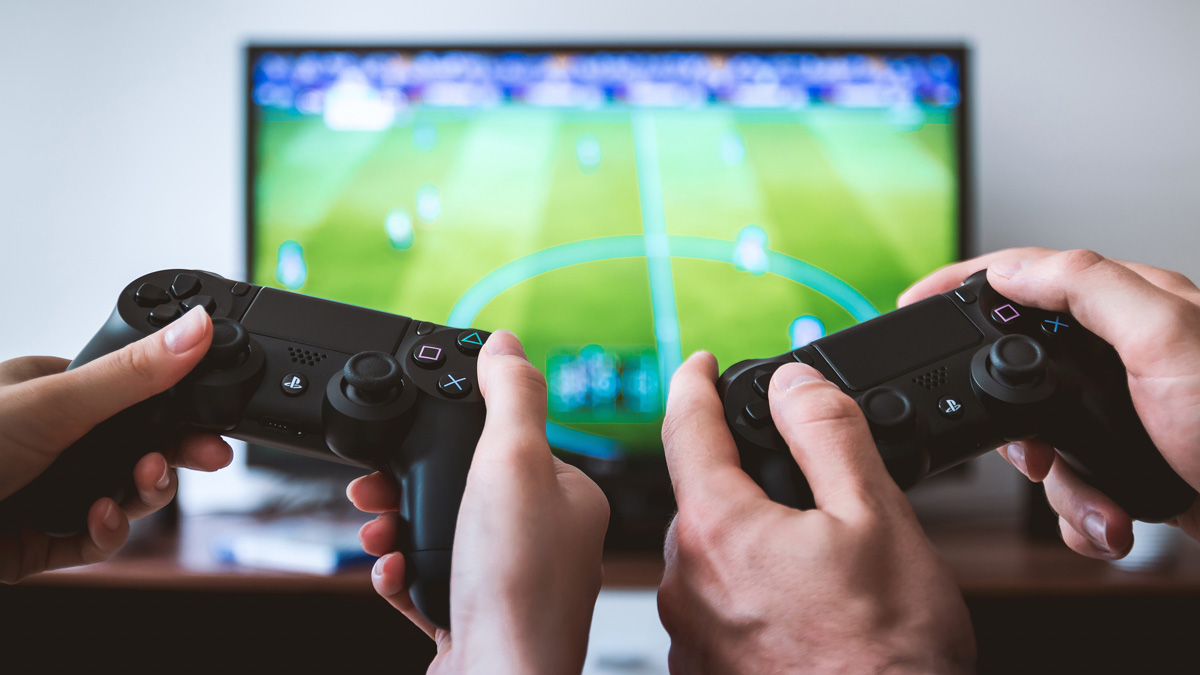Almost all of us have been there, you’re busy playing the latest game online with your friends, when all of a sudden, the lag hits and your gaming experience grinds to a halt. Rather than relaxing while playing your favourite game, you’re suddenly left frustrated and annoyed.
However, in many cases it may not be your internet itself that has left you raging at your service provider. In many cases the lag you experience can be traced back to problems with your in-home setup that can be easily escalated.
This blog post will address the fundamentals of setting yourself up for a lag-free gaming experience.
Avoid WiFi for gaming
We all love WiFi. It has revolutionised the way we use the internet. However as useful as it is, WiFi is a big no-no for gaming.
The key to a good gaming experience is a consistent connection, but the reality of how WiFi works, with interference and multiple devices being served content at the same time – means that gaming over WiFi results in a phenomenon known as ‘jitter.’
Jitter is when you get significant variance in the latency (the time it takes for data to travel to a destination and back again) to the router itself. Jitter manifests in-game as rubber banding, a feeling of being delayed and sluggish performance.
In environments with very bad WiFi performance, caused by over-lapping and competing WiFi networks from multiple routers, interference from electronic devices, as well as poor positioning of the WiFi router; you may also experience ‘packetloss’, which means your gaming device is resending information to the router.
In the above scenarios ,your data is experiencing problems even before it gets to the router to be sent across the internet.
Wire it up
Wiring up your device to the router directly is always going to result in the best performance. In other words – a physical network cable connection between your gaming device and the router. When using a network cabled connection, you’re no longer sharing the WiFi frequencies with all the other devices in the area, instead the cable belongs entirely to the cabled device and the router. This means maximum throughput and stable latency.
If you run a ping test to the router you should find virtually no reported latency, and it should be consistent all the time.
No data sockets?
While many premises built in the last two decades come with data sockets wired in, to allow network connectivity in each room, not everyone is fortunate enough to have this available to make wiring up easy.
But don’t worry there are some cost-effective solutions available:
- For some connection types, such as NBN FTTC/N, it may be possible to move the router to a different phone socket, allowing you to relocate the router to a place in the premises where your gaming device can be plugged in.
- Powerline adapters are a great alternative when data sockets are not available. These adapters use the power wiring in your premises to create a data connection between two points.
- WiFi extenders and optimising your wireless network are the last resort if the above is not viable in your situation. Purchasing an extender may extend the coverage and negate any interference, if you are able to get a strong signal near your gaming device. However, WiFi extenders will normally cost more than installing a set of powerline adapters, and getting WiFi up to scratch for gaming can be a tough ask.
For more on how to get internet into those hard to reach places, read our Lenny Lesson.
Is my internet speed fast enough?
Sometimes even after you’ve wired up your gaming device you may experience a poor experience. Often this is caused by over-saturation of your internet connection. So, if other people in your premises share your internet connection and use it for streaming and downloading, they may be maxing out the connection.
If you suspect this is causing your poor experience, we recommend isolating the other devices off your internet for a period of time to test if this is the cause.
If this is the cause, it may be time to upgrade your plan to ensure peace and civility in your household!
Alternatively, some of the higher-specification routers offer a feature known as Quality of Service, which allows you to prioritise some devices over others, so you can ensure your gaming device has number 1 priority when it comes to your internet connection.
Be warned however, new game releases and patches are some of the biggest download hogs out there. Popular games such as ‘Fortnite’ and ‘Call of Duty Modern Warfare’ frequently release patches of 10Gb or greater between 7-9pm.
So, if you have these games installed you may find that the auto updates on these games can saturate your connection and suddenly everyone in the premises is having a poor experience no matter what they’re doing.

